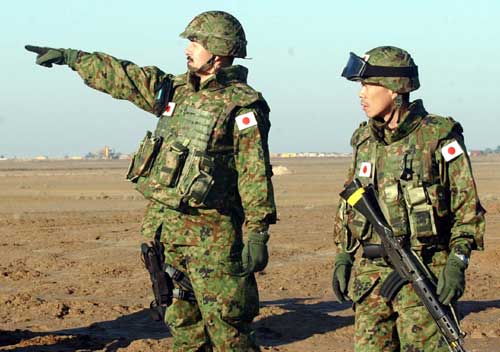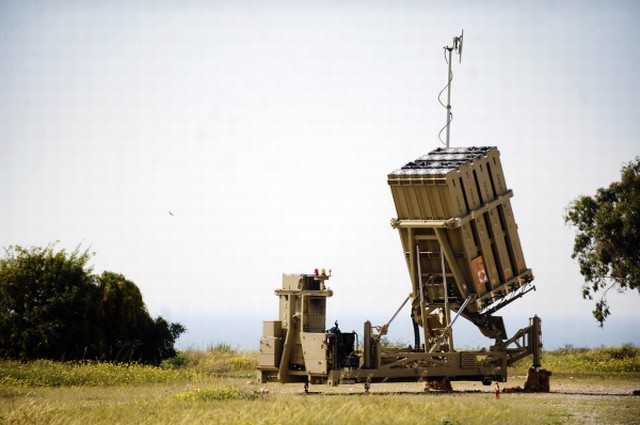Japan’s defence ministry is looking for its biggest budget hike in two decades, partly to create a Marines-like force, it revealed Friday, as neighbors fret about Tokyo’s rising assertiveness.
Military bosses want more than 4.8 trillion yen ($49 billion) — three percent up on last year — with much of their focus on safeguarding remote islands, as a sovereignty row with China refuses to fade.
The move mirrors Prime Minister Shinzo Abe’s policy of a more assertive diplomacy and a more active military.
Tokyo and Beijing have repeatedly butted heads over the ownership of the Tokyo-controlled islands called the Senkakus, which Beijing claims as the Diaoyus, with official Chinese ships and aircraft regularly testing Japanese forces.
Abe has long voiced worries over defence at a time when China is increasing its naval activities in waters around Japan, and as unpredictable North Korea continues its missile and nuclear programmes.
He has also called for a stronger military alliance with the United States, which is in the process of a re-balancing of its forces under President Barack Obama’s so-called “pivot” to Asia.
China and South Korea — victims of Japan’s military misadventures in the first half of the 20th century — have expressed unease in recent months about noises in Tokyo towards bolstering its military.
The budget request for fiscal 2014, which will begin April, represents a three-percent spending increase, making a second-straight annual increase after a 0.8-percent rise in the initial budget for the current fiscal year to March 2014.
If approved, it would mark the largest rise since fiscal 1992.
Under the request, the ministry plans to create a special amphibious unit designed to protect the southern islands and to take them back in case of enemy invasion.
It would spend 1.3 billion yen to buy two amphibious assault vehicles and increase participation in US-led training programmes with the US Marines.
The Marines are generally regarded as an offensive force, while Japan’s constitution bars it from taking hostile acts and limits the role of its already well-equipped armed forces to that of defence.
The air defence force would create a new early-warning unit also in the southern region with radar-capable planes.
The ministry will conduct a full study on future purchases of Osprey tilt-rotor aircraft that can takeoff vertically like a helicopter.
Among big ticket items, the navy wants to buy a 73.3-billion-yen destroyer, a 51.3-billion-yen submarine, and a 50.8-billion-yen submarine rescue ship.
The ministry also wants to have a battery of PAC-3 surface-to-air anti-ballistic missile systems permanently located at its Tokyo headquarters. The system was deployed when North Korea conducted what is largely viewed as ballistic missile tests.
The ministry wants 24 billion yen for programmes related to cyber defence.
Some 3.7 billion yen would go toward studies of technologies to detect and track stealth jets.
While the shopping list appears quite extensive, the vast bulk of the increased budget request accounts for personnel cost, with the expected expiry of a multi-year salary freeze for civil servants.
The freeze was implemented to pay for the reconstruction of the region hit by the 2011 tsunami-earthquake disasters that prompted the Fukushima nuclear crisis.
The increased request also came as a result of foreign exchange fluctuations, with a lower yen boosting the prices of foreign-made military equipment.
The request might also change, as it currently does not account for an expected increase in the consumption tax.
Abe is yet to announce whether he will go ahead with the tax hike from the current five percent to eight percent from April.
Other ministries also submitted their budget requests Friday, with Kyodo News saying the total money asked for topped 100 trillion yen for the second straight year.










